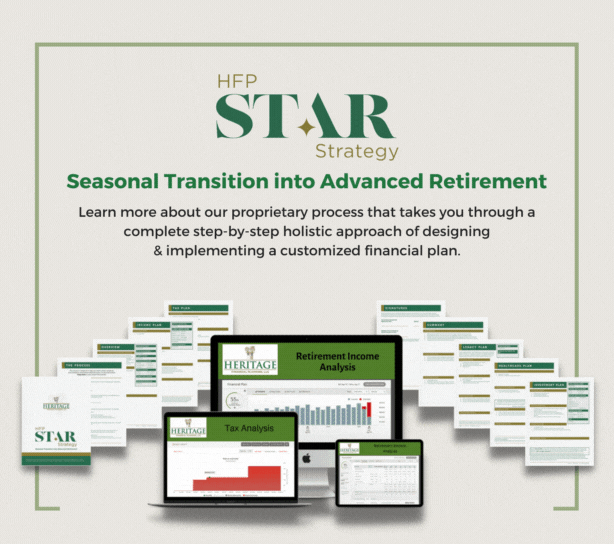You Can’t Control the Future—But You Can Plan for It
When people plan for retirement, they often focus on income, investments, and lifestyle. But one of the most overlooked—and underestimated—expenses in retirement is health care. From Medicare premiums to prescription costs and out-of-pocket expenses, the price tag can catch even the savviest savers off guard.
According to Fidelity, the average 65-year-old couple retiring in 2024 can expect to spend around $315,000 on healthcare throughout retirement. And that doesn’t include long-term care.
The question isn’t if you’ll face these costs—it’s whether you’re financially prepared for them.
Where the Costs Come From (And Why They Add Up Quickly)
Healthcare expenses in retirement are layered and often unpredictable. They typically fall into the following categories:
- Premiums: You’ll pay for Medicare Parts B and D, and potentially for Medigap or Medicare Advantage coverage.
- Deductibles and Copays: These can vary depending on your chosen plan.
- Prescription Drugs: Some medications can cost hundreds per month, even with coverage.
- Dental, Vision, and Hearing: Medicare doesn’t cover routine services in these areas.
- Out-of-Pocket Costs: Unexpected medical procedures, treatments, or specialist visits.
Even small recurring costs—like $50 here or $100 there—can balloon over 20 to 30 years of retirement.
Why Many Retirees Underestimate Health-Related Expenses
There are two major reasons retirees are often caught off guard:
- They think Medicare covers everything—but it doesn’t. Vision, dental, long-term care, and even many prescriptions fall outside standard coverage.
- They underestimate inflation in the healthcare sector, which often outpaces general inflation. What costs $1,000 today may cost $1,500–$2,000 in just a few years.
Failing to plan for these rising expenses can lead to withdrawing more from your investments than intended, increasing the risk of outliving your money.
How to Build Health Care Into Your Retirement Plan
Incorporating health care into your financial plan is more than just setting aside extra money. It’s about creating a deliberate, flexible strategy that evolves with your needs.
- Budget annually for premiums, deductibles, and prescriptions based on your expected usage and coverage choices.
- Evaluate supplemental coverage like Medigap or Advantage plans to reduce out-of-pocket surprises.
- Use HSAs wisely before retirement. If you still have a Health Savings Account, consider letting it grow tax-free to use for qualified healthcare costs later.
- Plan for long-term care as a separate category, with or without insurance.
The earlier you model these costs, the better you can protect your retirement lifestyle.
Plan for Peace of Mind—Not Panic—With the Right Strategy
At Heritage Financial Planning, our HFP S.T.A.R. Strategy (Seasonal Transition into Advanced Retirement) accounts for health care costs as a core pillar of retirement planning. We help clients model real-world expenses, evaluate coverage options, and build a plan that supports their financial and physical well-being.
Don’t let unexpected medical costs throw off your retirement goals. Schedule your retirement healthcare planning session today and face the future with confidence.
 Click here to learn more about our HFP STAR Strategy process.
Click here to learn more about our HFP STAR Strategy process.
Sources:
- Fidelity Retiree Health Cost Estimate – https://www.fidelity.com/viewpoints/personal-finance/plan-for-rising-health-care-costs
- Medicare.gov: What Medicare Covers – https://www.medicare.gov
- U.S. Bureau of Labor Statistics: Healthcare Inflation – https://www.bls.gov
- Heritage Financial Planning: https://heritagefinancialplanning.net/about/heritage-financial-star-strategy/












